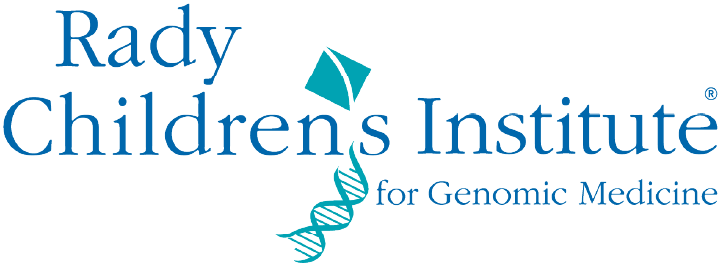N Engl J Med. 2024 Jun 6;390(21):1985-1997. doi: 10.1056/NEJMoa2314761.
ABSTRACT
BACKGROUND: Genetic variants that cause rare disorders may remain elusive even after expansive testing, such as exome sequencing. The diagnostic yield of genome sequencing, particularly after a negative evaluation, remains poorly defined.
METHODS: We sequenced and analyzed the genomes of families with diverse phenotypes who were suspected to have a rare monogenic disease and for whom genetic testing had not revealed a diagnosis, as well as the genomes of a replication cohort at an independent clinical center.
RESULTS: We sequenced the genomes of 822 families (744 in the initial cohort and 78 in the replication cohort) and made a molecular diagnosis in 218 of 744 families (29.3%). Of the 218 families, 61 (28.0%) – 8.2% of families in the initial cohort – had variants that required genome sequencing for identification, including coding variants, intronic variants, small structural variants, copy-neutral inversions, complex rearrangements, and tandem repeat expansions. Most families in which a molecular diagnosis was made after previous nondiagnostic exome sequencing (63.5%) had variants that could be detected by reanalysis of the exome-sequence data (53.4%) or by additional analytic methods, such as copy-number variant calling, to exome-sequence data (10.8%). We obtained similar results in the replication cohort: in 33% of the families in which a molecular diagnosis was made, or 8% of the cohort, genome sequencing was required, which showed the applicability of these findings to both research and clinical environments.
CONCLUSIONS: The diagnostic yield of genome sequencing in a large, diverse research cohort and in a small clinical cohort of persons who had previously undergone genetic testing was approximately 8% and included several types of pathogenic variation that had not previously been detected by means of exome sequencing or other techniques. (Funded by the National Human Genome Research Institute and others.).
PMID:38838312 | DOI:10.1056/NEJMoa2314761
